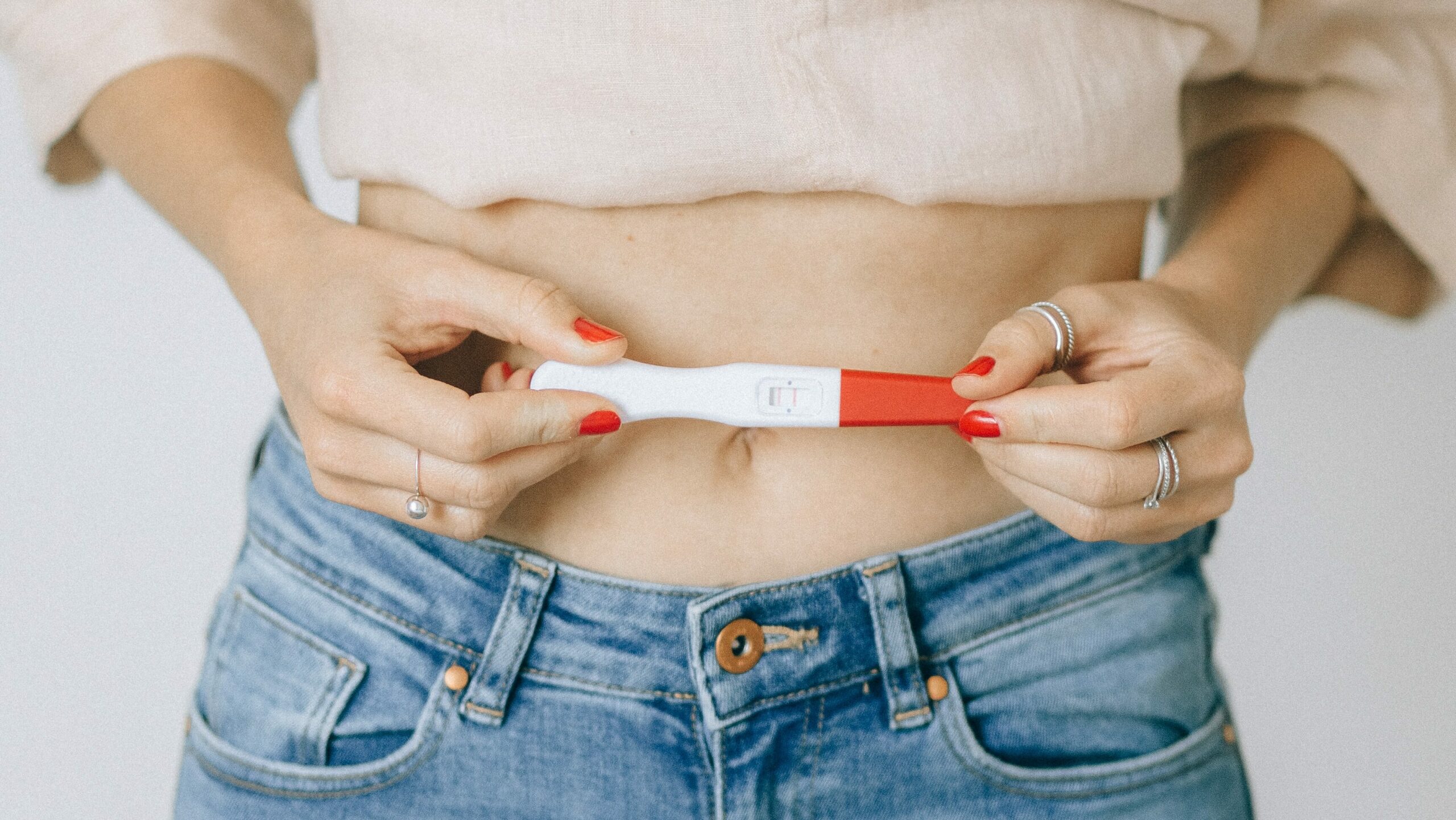
by Dr Sophie Genoni of Femma

Periods are the most noticeable part of a woman’s menstrual cycle. At the start of the menstrual cycle, the ovaries are stimulated to develop several follicles – one of which will go on to be released during ovulation in the middle of the cycle. These follicles produce oestrogen which begins to thicken the lining of the uterus. After ovulation, progesterone is released which continues to prepare the lining of the uterus for the implantation of a fertilised embryo. When this does not occur, the progesterone levels fall dramatically. This drop in progesterone causes the lining of the uterus to shed and a period occurs.
The length of the menstrual cycle is measured from the first day of one period until the first day of the next period. This varies between women, and it can also be normal to have some degree of variation individually. Most women will have between 21 and 38 days between their periods, and the length in any individual woman can vary by up to 5 days – so it is quite normal to not have exactly the same number of days every cycle.
There are a variety of reasons why your period may be late, including:

Pregnancy
When an egg is fertilised it will become an embryo and implant in the lining of the uterus. The hormonal changes that occur after implantation will result in the lining of the uterus being maintained instead of a period occurring. A small percentage of women may experience implantation bleeding, which is very light bleeding that occurs when the embryo burrows into the lining. This may happen at a similar time to when a normal period would be due, which can cause some confusion or lead a woman to believe her period has occurred. Early pregnancy may be accompanied by symptoms such as nausea, breast tenderness and bloating. Even the most effective forms of contraception have a very small chance of pregnancy occurring, so a pregnancy test is almost always checked for in women who have a late period, whether or not they are taking contraception.

Adolescence
MA female’s first period is called menarche, and usually occurs between 9 and 12 years old. It is normal to have irregular or unpredictable periods in the first couple of years after menarche, as the ovaries are still maturing and do not release an egg every month. The characteristics of the period itself may vary a lot too – in how heavy or light the bleeding is, how many days it lasts, and the colour and consistency of the bleeding.

Stress
Physical or emotional stress can lead to late periods, and in some cases periods stopping altogether. Stress hormones affect the release of reproductive hormones from the pituitary gland that tell the ovaries to develop an egg for ovulation. When ovulation doesn’t occur, the normal hormonal changes that lead to a period also do not occur. Some women under prolonged physical or emotional stress may be diagnosed with a condition called Functional Hypothalamic Amenorrhoea.

PCOS
The hormonal imbalance that occurs with polycystic ovarian syndrome (PCOS) leads to many follicles in the ovaries developing at once, without one of these follicles going on to ovulate. Some cycles may have ovulation, and others may not. This leads to irregular periods, which is one of the Rotterdam Criteria for the diagnosis of PCOS. The other criteria for diagnosis are symptoms of androgen excess (such as facial hair growth or acne, or raised androgens on blood tests) and the appearance of polycystic ovaries on a pelvic ultrasound. Women who fulfill 2 of the 3 criteria may be diagnosed with PCOS.

Contraception
Because most contraceptives contain the female hormones oestrogen and progesterone, they can cause changes in a woman’s bleeding pattern which may result in a period not arriving when it is expected. These changes will resolve on stopping the contraceptive.
The combined oral contraceptive pill (the Pill) suppresses the lining of the uterus. The bleeding that occurs on the Pill is due to the drop in hormone levels when women take the placebo pills. It is actually not a true period, but referred to as a ‘withdrawal bleed’. Most women will notice their period become lighter on the Pill, with less volume of bleeding and a shorter number of days of bleeding. Women who have been on the Pill for a longer duration may not experience any bleeding when taking the placebo pills.
The progestogen-containing IUD causes periods to become lighter and more spaced out in most women. Over 60% of women will experience their periods completely stop while they have an IUD. The new lower-dose progestogen-containing IUD is less likely to cause periods to stop.
The contraceptive rod has a variable effect on women’s periods. Around 50% of women will experience their periods become more spaced out or completely stop, whereas 25% of women will experience unpredictable or more heavy bleeding.
The progesterone-only pill results in normal monthly bleeds in around 40% of women. The other 60% may experience an unpredictable bleeding pattern.
The contraceptive injection causes periods to stop in around 50% of women.

Menopause
Menopause is the term used when a woman’s periods have stopped for at least 12 months (or 2 years if the woman is under the age of 50). Leading up to menopause, periods become irregular or more spaced out. This is called the perimenopause and can last for several years. It is likely to also be accompanied by perimenopausal symptoms such as hot flushes. The average age of menopause in Australian women is 51, although in most women occurs anywhere between 45 – 50 years of age. For women in this age group, blood tests are not usually required to diagnose
perimenopause or menopause, as it is a clinical diagnosis based on a change in periods accompanied by menopausal symptoms. Early menopause is that which occurs before the age of 45, and may require blood tests for diagnosis.
There may also be other reasons why your period is late. You should check in with your GP if you think you may be pregnant, your period is several weeks late, your cycles are consistently irregular or unpredictable, you have any bleeding in between your periods or after sex, or if your late period is accompanied by any pain or abnormal vaginal discharge.
References
Australasian Menopause Society. 2019. Menopause Management: Menopause Basics (Accessed: https://www.menopause.org.au/hp/management/menopause-basics)
Better Health Channel. 2018. Menstruation – Amenorrhoea (Accessed: https://www.betterhealth.vic.gov.au/health/conditionsandtreatments/menstruation-amenorrhoea)
Family Planning NSW. 2022. Factsheets: Menstrual cycles (Periods) (Accessed: https://www.fpnsw.org.au/factsheets/individuals/periods/menstrual-cycle)
Family Planning NSW. 2011. Joint Statement: Bleeding pattern changes with progesterone-only long-acting reversible contraceptives (Accessed: https://www.fpnsw.org.au/sites/default/files/assets/msdsy267_consensus_statement_art3_feb20 11.pdf)
Foran, Terri. 2017. The management of irregular bleeding in women using contraception. Australian Family Physician (2017) 46: 717-20 (Accessed:https://www.racgp.org.au/afp/2017/october/the-management-of-irregular-bleeding-in women-usin)
Jean Hailes. 2022. Periods: About the menstrual cycle (Accessed: https://www.jeanhailes.org.au/health-a-z/periods/about-the-menstrual-cycle) Royal Australian and New Zealand College of Obstetrics and Gynaecology. 2018. Best Practice Statement: Depot Medroxyprogesterone Acetate (Accessed: https://ranzcog.edu.au/statements-guidelines)